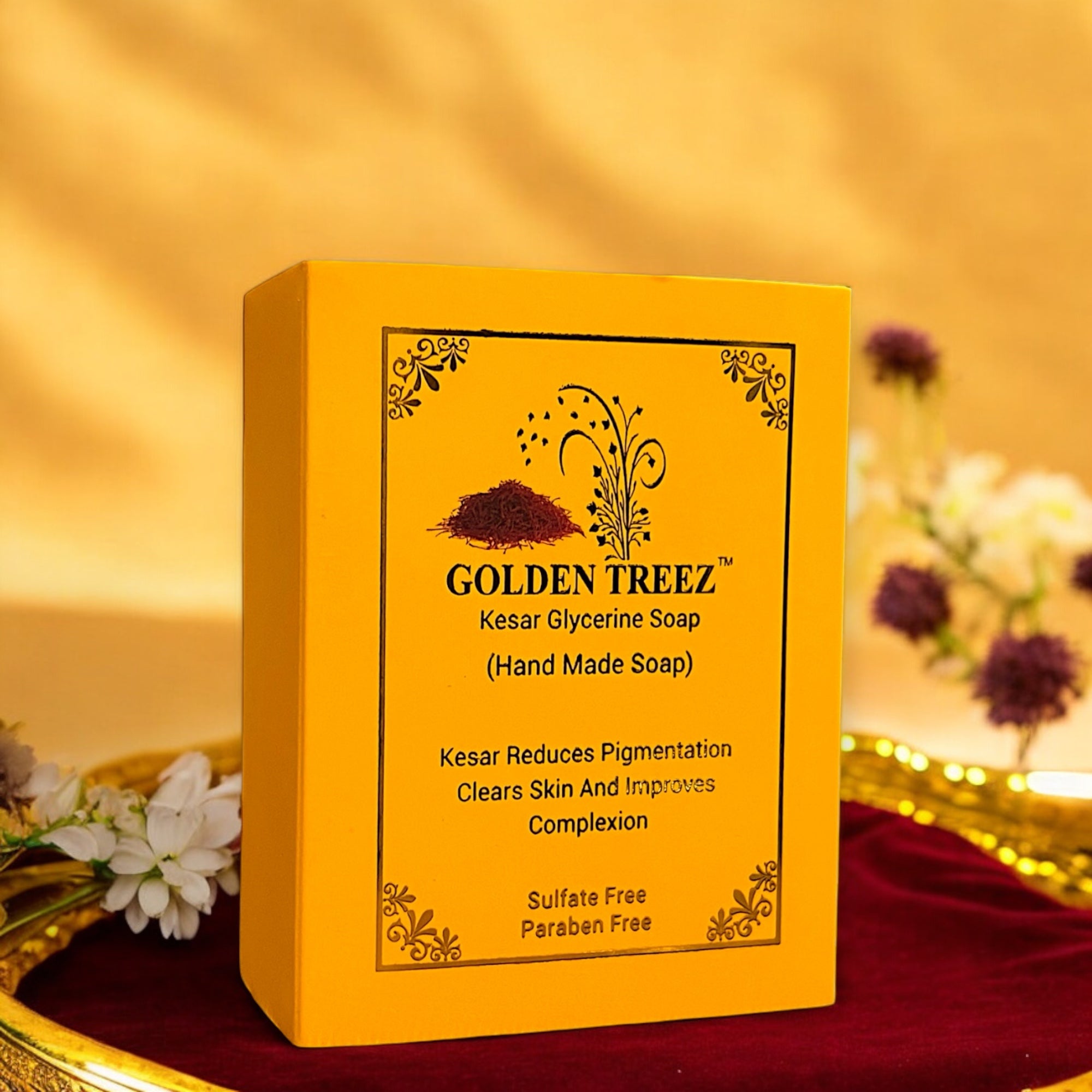Myths around tanning?

Tanning has long been associated with beauty and health, but there are numerous myths that can mislead people about its benefits and risks. Here, we explore some of the most common myths about tanning and set the record straight.
Myth 1: A Base Tan Protects Against Sunburn
Reality: Many believe that getting a base tan before a vacation or a sunny season can protect against sunburn. However, a tan is actually a sign of skin damage. The increased melanin production that causes a tan is the skin's response to UV radiation. A tan provides only minimal protection against further UV damage, equivalent to an SPF of about 2 to 4, which is not sufficient to prevent sunburn or long-term skin damage.
Myth 2: Indoor Tanning is Safer Than Outdoor Tanning
Reality: Tanning beds emit UVA and UVB rays, just like the sun. In fact, some studies suggest that the concentrated UV radiation from tanning beds can be even more harmful than natural sunlight. According to the World Health Organization, indoor tanning can increase the risk of melanoma, the deadliest form of skin cancer, by 75% if started before the age of 30.
Myth 3: Tanning is a Good Source of Vitamin D
Reality: While it’s true that sunlight exposure helps the body produce Vitamin D, the amount of UV exposure needed for adequate Vitamin D synthesis is minimal. A few minutes of sun exposure on the face and hands a couple of times a week is usually sufficient. Overexposure, which leads to tanning or burning, can increase the risk of skin cancer without significantly boosting Vitamin D levels. It’s safer to get Vitamin D from foods or supplements.
Myth 4: Dark Skin Doesn’t Need Sun Protection
Reality: Although darker skin has more melanin, which provides some natural protection against UV rays, it does not make one immune to the harmful effects of the sun. People with darker skin can still develop skin cancer, and it is often detected at a later, more dangerous stage. Everyone, regardless of skin tone, should use sunscreen and practice sun safety.
Myth 5: Sunscreen Blocks All Tanning
Reality: Sunscreen does not completely block tanning; it filters out most of the harmful UV radiation that causes burns and damage. Some people think that using sunscreen will prevent any tanning at all, but in reality, sunscreen allows for a safer amount of UV exposure. Over time, even with sunscreen, a person may tan, but it significantly reduces the risks associated with UV exposure.
Myth 6: Tanning Clears Up Acne
Reality: Some believe that tanning can dry out the skin and reduce acne, but this is not a long-term solution. Tanning can worsen acne by causing the skin to dry out, prompting it to produce more oil. Additionally, the sun can exacerbate acne scars and lead to more pronounced skin discoloration.
Conclusion
While tanning may temporarily give the appearance of health and vitality, it's important to understand the long term risks and misconceptions associated with it. Protecting your skin from UV damage is crucial for preventing skin cancer and maintaining overall health. Using saffron soap is the best way to remove tan.
- Posted in beauty, Best Tan Removal Soap, kesar soap, Saffron Soap, skin care, skincare, soap, Tan removal, tan removal soap, Tanning
